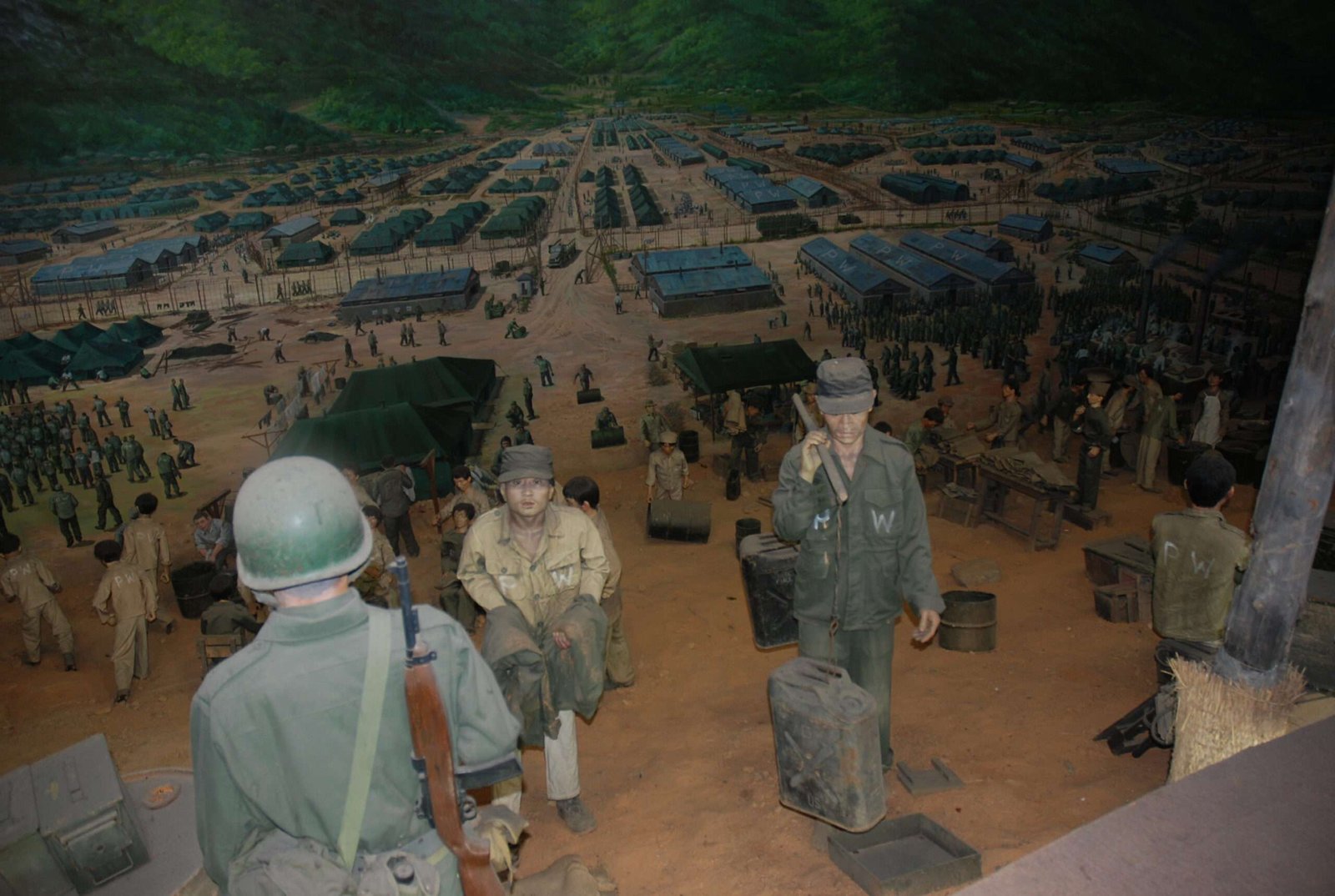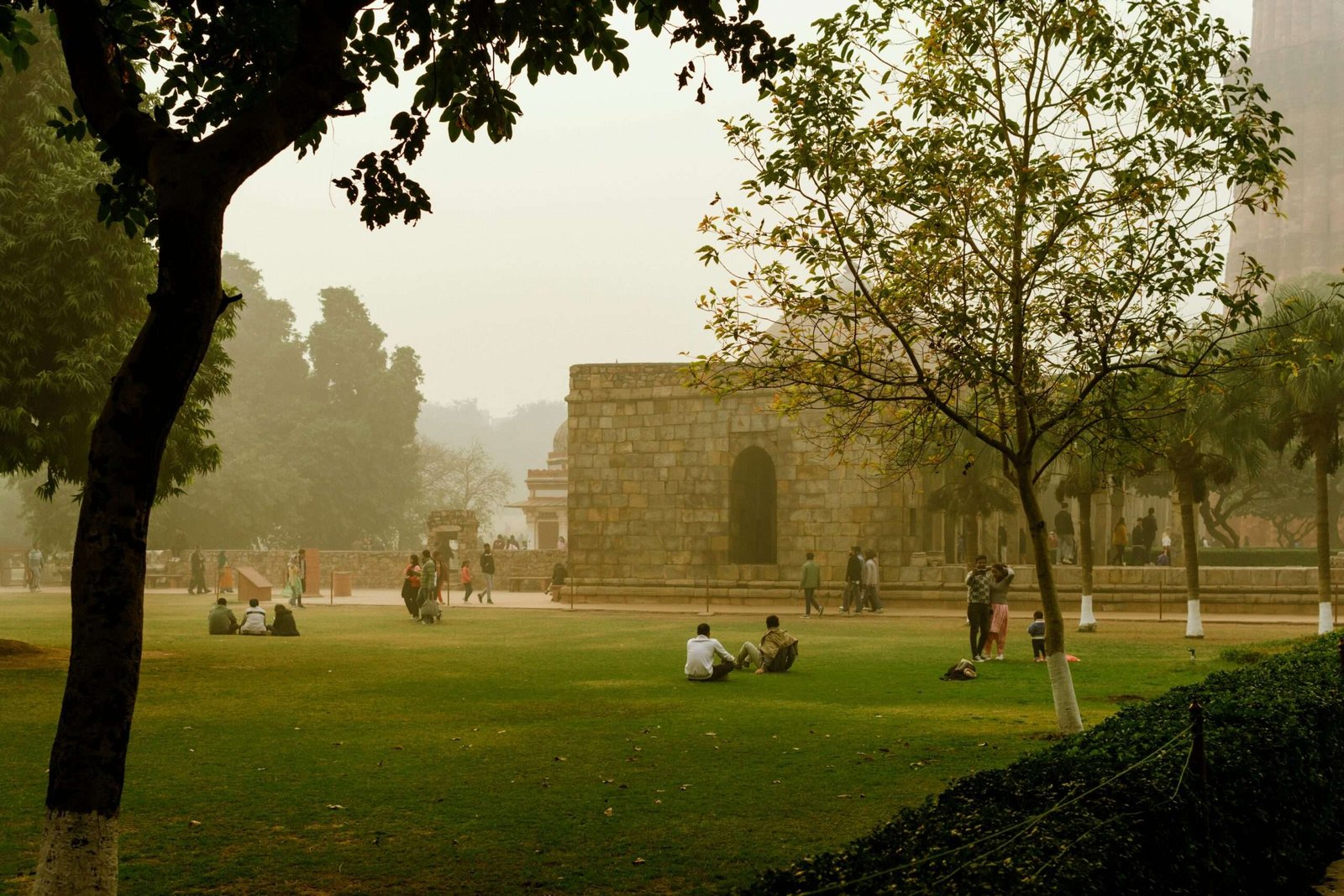South Korea history

Tourism Sites

Geoje POW Camp Park
🧠 Fact: A historic site from the Korean War, once housing over 170,000 prisoners of war.
💡 Tip: Explore the outdoor sculptures and exhibitions for insights into Korea’s modern history.
Info: Located on Geoje Island, the Geoje POW Camp Historic Park preserves the site of South Korea’s largest United Nations prisoner-of-war camp from the Korean War holding up to 173,000 North Korean and Chinese prisoners
hapskorea.com
+13
koreatriptips.com
+13
ktriptips.com
+13
. It was officially transformed into a memorial park in 1997 and opened to the public in the early 2000s
en.wikipedia.org
. The park features recreated barracks, exhibition halls, dioramas, a 4D experience zone, and outdoor displays of tanks and relics, offering immersive insight into POW life
koreaetour.com
+3
ontrip.kr
+3
realk.kr
+3
. Open year‑round (9 AM–6 PM Mar–Oct; shorter winter hours), with a 1‑ to 1½‑hour visit recommended.
- 📍 Geoje, South Korea

Tumuli Park (Daereungwon Tomb Complex)
🧠 Fact: A cluster of royal tombs from the Silla era, including Cheonmachong Tomb, which you can enter to view
ancient relics.
💡 Tip: Rent a bike nearby to explore the entire tomb park and nearby Gyeongju’s historic district.
Info: Tumuli Park, also known as the Daereungwon Tomb Complex, is a historical site in Gyeongju, South Korea, that showcases large grass-covered burial mounds of ancient Silla royalty. This UNESCO-listed site contains more than 20 tombs, including the famous Cheonmachong (Heavenly Horse Tomb), where golden crowns and treasures were discovered. The park offers a peaceful walk through Korea’s ancient past, blending natural beauty with rich heritage. Visitors can explore the interior of some tombs and learn about Silla-era burial practices, making it a fascinating stop for history and culture enthusiasts.
- 📍 Gyeongju, South Korea
